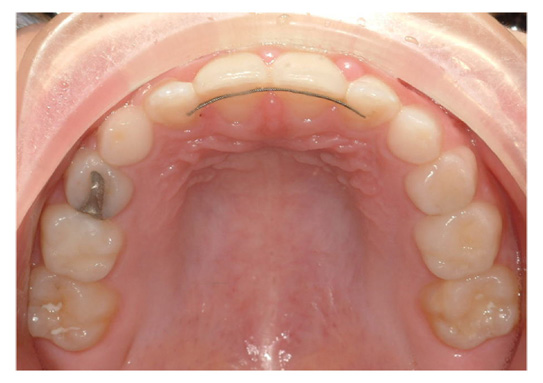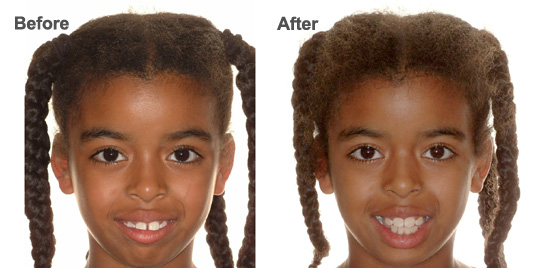Back To School, Back To The Orthodontist
September 19th, 2018

IT’S PART OF GROWING UP: back to school, losing baby teeth, back to the orthodontist. From age 7 to age 18, your orthodontist will be an important part of your childhood.

What To Expect At Your Back-To-School Visit
Here are things you can expect at your back-to-school orthodontic visit:
- The question “What could we do to get you to love your teeth?”
- Review of dental and medical history and oral habits
- Evaluation of baby teeth and eruption of permanent teeth
- A panoramic X-ray
- Evaluation of oral health habits including brushing, plaque, and gingivitis
- Examination of jaw function
- Discussion of facial appearance
- An in-depth functional look at your bite
- Discussion about dental crowding, spacing, and rotations
- Careful evaluation of your gums and smile
- Evaluation of tooth shape
- Referral to an excellent general or pediatric dentist if you need one
- Proposed diagnosis and orthodontic treatment plan
- Customized payment plan
- Scheduling of your orthodontic records appointment
What’s The Next Step?
Your orthodontist will either see you periodically to evaluate your growth or start orthodontic treatment with orthodontic records. These include:
- Orthodontic study models
- Lateral cephalometric X-ray and panoramic X-ray
- Orthodontic photos
After orthodontic records, your orthodontic treatment will be started. The sooner you start, the sooner you finish!

Keep Your Beautiful Smile For A Lifetime!
This case was treated by Board Certified Orthodontist Dr. Ann Marie Gorczyca of Gorczyca Orthodontics in Antioch, California. Call us at (925) 757-9000 or visit us at www.clubbraces.com. To find an orthodontist in your area, visit the American Association of Orthodontists at www.mylifemysmile.com.

























